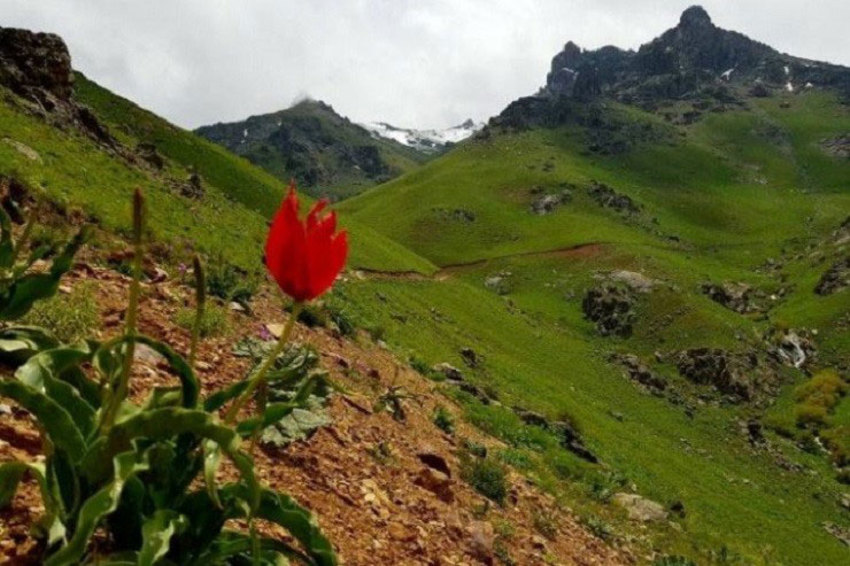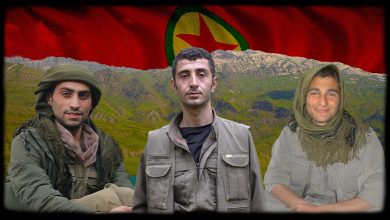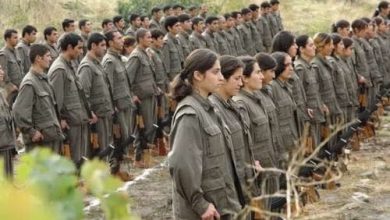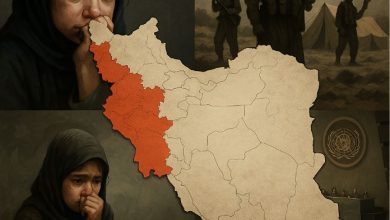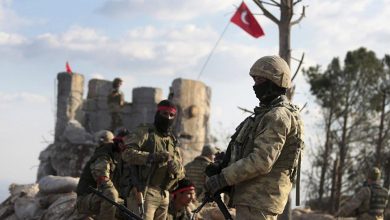Handicrafts, local music, and cultural festivals offer a window into the rich Kurdish culture that has yet to be fully introduced to the world.
Dr. Zana Sadeqi
World Tourism Day provides an opportunity to focus on the importance of tourism in the economic, cultural, and social development of communities. Tourism is more than just the experience of viewing natural landscapes or historical monuments. This industry is a powerful tool for job creation, income generation, and introducing the cultural identity of nations to the world.
Iran, with its ancient history, rich culture, and diverse nature, has enormous potential to be an attractive destination for international tourists. However, many areas of the country remain overlooked, and their potential for economic and cultural prosperity has gone untapped.
The Natural Beauty of Kurdish Regions
The Kurdish-inhabited regions of Iran are a prime example of this untapped potential. These areas, which stretch from western Kermanshah and Ilam to Sanandaj, Saqqez, Baneh, Marivan, Sardasht, Piranshahr, and beyond, captivate every visitor with their pristine and diverse natural landscapes.
The towering Zagros mountains, lush, well-watered valleys, and roaring rivers create unparalleled opportunities for adventure tourism, mountaineering, and hiking. The oak and Arasbaran forests provide a calm and pleasant environment for tourists, while natural waterfalls and springs showcase the beautiful, God-given nature of this land.
Cultural and Historical Heritage
These regions are unique not only in their nature but also in their rich cultural and historical heritage. Sanandaj, as the cultural center of Kurdistan, is a symbol of a vibrant and dynamic culture with its traditional Kurdish music, folk poetry and literature, and performing arts.
Saqqez and Baneh, with their handicrafts and traditional arts, including carpet weaving and jewelry making, offer tourists an authentic experience of Kurdish art. Kermanshah, with its ancient sites like Taq-e Bostan and other historical treasures, attracts tourists interested in history and archaeology. Local music and dances provide a complete experience of the region’s culture.
In Marivan, local music and traditional festivals, along with rural arts and crafts, present a living tableau of Kurdish culture, introducing visitors to the life and history of the local people.
Agriculture and Local Industries
Agriculture and local industries are also significant capacities of these regions. The fertile lands of Marivan and Sarvabad enable the production of organic products and extensive horticulture. Agritourism creates a combination of natural and cultural experiences for visitors.
Horticultural products, beekeeping, and medicinal herbs not only meet local needs but also have export potential, becoming a sustainable source of income for local communities. Handicrafts and traditional arts, such as carpet weaving, Kilim weaving, pottery, and jewelry making, are not only cultural attractions but can also create direct and stable employment.
Challenges and Limitations
Despite all these capacities, many regions in western Iran have yet to achieve tourism prosperity. The presence of armed groups has prevented the provision of security for investors and tourists, halting infrastructure development.
Threats such as extortion from hotels, residences, and industrial centers, and even the destruction or burning of some premises, have obstructed investment and tourism development. These restrictions have left many economic and cultural opportunities neglected, with the region’s human and natural capital remaining unused.
Social and Economic Effects
The lack of tourism development has profound social and economic impacts. When investment and infrastructure are not possible, employment decreases, and young people migrate to safer areas or larger cities to find job opportunities.
The absence of welfare facilities and standard accommodations discourages domestic and foreign tourists from traveling to these areas. This cycle leads to a reduction in local incomes and the loss of cultural and economic opportunities.
Tourism as a Driver of Development
Tourism can play a vital role in poverty reduction and job creation in these areas. Establishing appropriate infrastructure, investing in hotels and ecotourism resorts, developing access routes and recreational and cultural centers, and ensuring sustainable security can turn these regions into a tourism hub that boosts the local economy and introduces Kurdish art and culture to the world.
When security is provided and basic amenities are available, local people become more motivated to participate in economic and tourism activities, offering visitors an authentic experience of their life and culture.
Potential Opportunities
The Kurdish regions of Iran, with their natural, cultural, and economic capacities, can be a unique destination for tourists. Agritourism, handicrafts, and light industries can be integrated to create a complete and lasting experience for visitors while providing sustainable income and employment for local people.
Untouched villages can offer a real and memorable experience for tourists by establishing ecotourism facilities and introducing local foods and rituals. Holding festivals, exhibitions, and cultural seminars, in addition to showcasing cultural capacities, facilitates interaction and the exchange of knowledge and art between tourists and local people.
World Tourism Day is a reminder of the industry’s importance in community development and an opportunity to reassess neglected assets. The Kurdish regions of Iran, with all their beauty and capabilities, are an invaluable national asset that has yet to have the opportunity to be introduced to the world.
With correct policymaking, security provision, investment in infrastructure, and international promotion, these areas can become not only an attractive destination for tourists but also a symbol of the interaction of Iran’s culture, nature, and history with the world, and a catalyst for economic development and sustainable employment.

